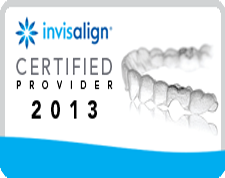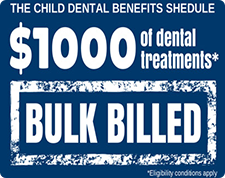What are Inlays and Onlays?
Inlays can be utilized to conservatively repair teeth that have large defective fillings or have been damaged by decay or trauma. Inlays are an ideal alternative to conventional silver and composite fillings. Also, they are more conservative than crowns because less tooth structure is removed in the preparation of inlays.
Onlays can be utilized to conservatively repair teeth that have large defective fillings or have been damaged by decay or trauma. Onlays are an ideal alternative to crowns (caps) because less tooth structure is removed in the preparation of onlays. Onlays are essentially identical to inlays with the exception that one or more of the chewing cusps have also been affected and need to be included in the restoration.
Why do I need Inlays and Onlays?
Traditional fillings can reduce the strength of a natural tooth by up to 50 percent. As an alternative, inlays and onlays, which are bonded directly onto the tooth using special high-strength resins, can actually increase the strength of a tooth by up to 75 percent. As a result, they can last from 10 to 30 years. In some cases, where the damage to the tooth is not extensive enough to merit an entire crown, onlays can provide a very good alternative.
What are Inlays and Onlays made of?
Inlays and onlays can be made of porcelain, gold, or composite resin. These pieces are bonded to the damaged area of the tooth. An inlay, which is similar to a filling, is used inside the cusp tips of the tooth. An onlay is a more substantial reconstruction, similar to the inlay but extending out over one or more of the cusps of the tooth. Traditionally, gold has been the material of choice for inlays and onlays. In recent years, however, porcelain has become increasingly popular due to its strength and color, which can potentially match the natural color of your teeth.
How are Inlays and Onlays applied?
Inlays and onlays require two appointments to complete the procedure.
During the first visit, the filling being replaced or the damaged or decaying area of the tooth is removed, and the tooth is prepared for the inlay or onlay. To ensure proper fit and bite, an impression of the tooth is made by the dentist, and sent to a lab for fabrication. The dentist will then apply a temporary sealant on the tooth and schedule the next appointment.
At the second appointment, the temporary sealant is removed. Your Dentist will then make sure that the inlay or onlay fits correctly. If the fit is satisfactory, the inlay or onlay will be bonded to the tooth with a strong resin and polished to a smooth finish.









